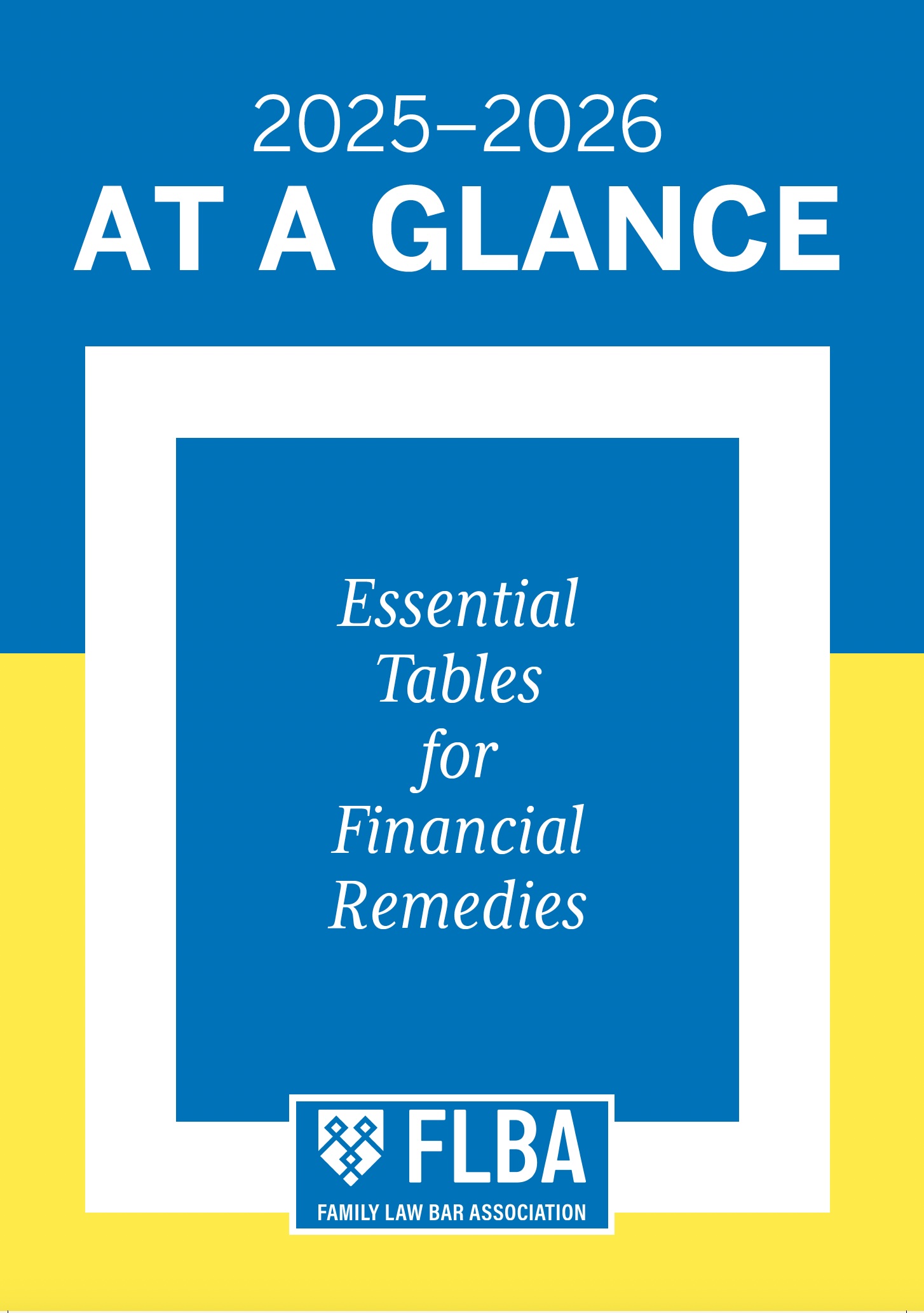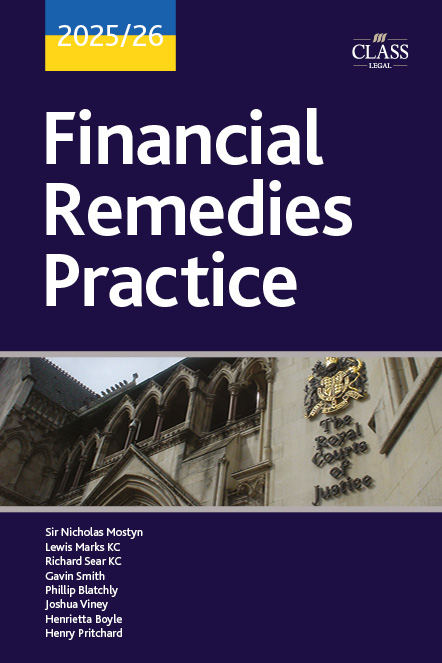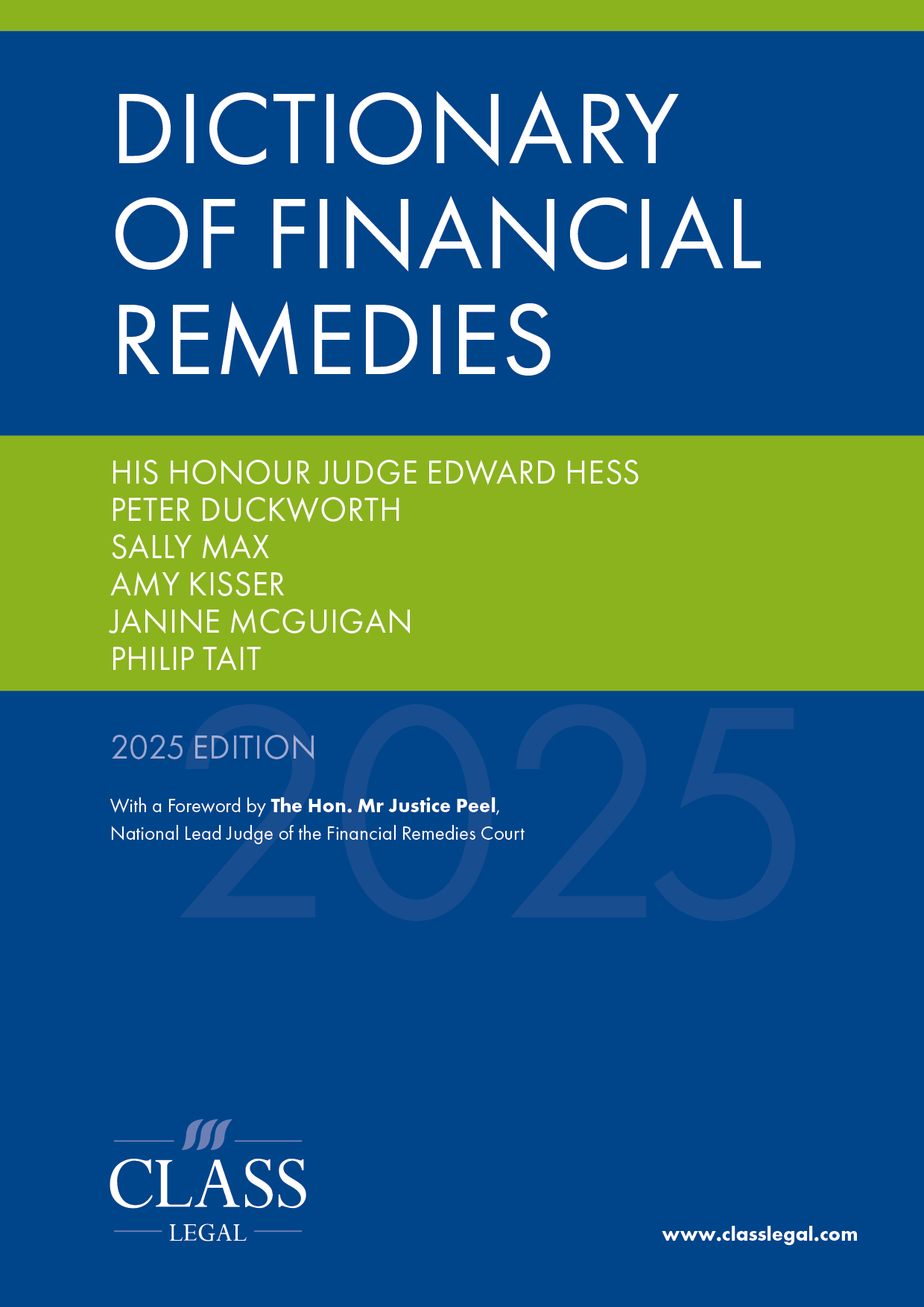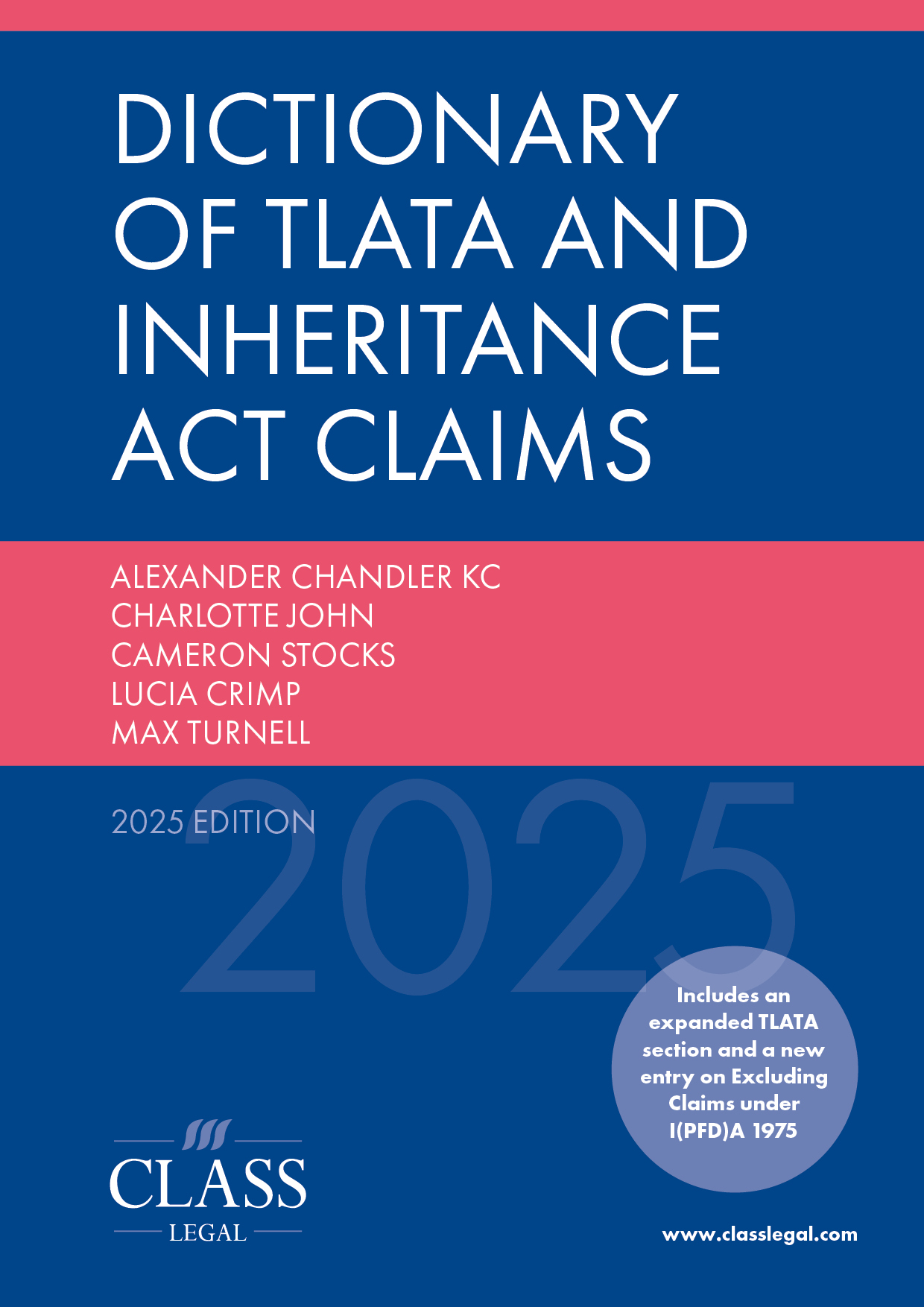
Judicial Immunity: an Update
Published: 06/05/2025 07:00

Overview
A decision in Australia in August 2023 held that a family court judge at first instance had no judicial immunity when taking a decision outside his power and distinctive family court jurisdiction and was liable in damages to one of the parties. I wrote an extensive article and commentary for the Financial Remedy Journal. The case has now gone to appeal to Australia’s highest court, and it has been held that the previous decision was wrong and the judge and others acting on his orders do have immunity. This important decision may well be followed in other common law jurisdictions. This summarises the position.
The background
In Stradford (a pseudonym) v Judge Vasta [2023] FCA 1020, the Australian federal court held that a family court judge of first instance who had wrongly committed to prison a party, a husband acting in person in financial remedy proceedings, had been acting without any jurisdiction according to the rules and moreover had no judicial immunity from suit, from liability for damages, as a consequence. He was ordered to pay damages. My full article was published on 1 July 2024 in the Financial Remedies Journal and can be found here.
It was a long judgment of 852 paragraphs, going back to case law from 1600 but in essence said that judges at so-called inferior level, essentially first instance judges, who exceed their jurisdiction, their power in law, are at risk and have no protection or defence. No immunity from suit exists for judges at that level. As I pointed out in my article, where the boundaries of judicial power between different levels of judge can be complex with technical rules, the risk of being sued is not insignificant even if a long way from the excessive facts of that particular case.
Under pressure from the judiciary, the Australian government gave statutory immunity, but it was not backdated. The judge appealed.
The appeal and outcome
The matter was of such importance that it went straight to the High Court of Australia, equivalent of the UK Supreme Court. It was a seven-judge bench. It is again a hefty judgment, although now only 327 paragraphs. It is also again, and inevitably, a very technical judgment, requiring detailed knowledge of Australian legal procedure and process, as well as incidentally its constitution. The appeal decision can be found here and the High Court of Australia case details with all of the previous decisions and submissions can be found here.
The court found that over hundreds of years within the common law world there had been debate about the immunity of judges of first instance, inferior courts, in their work, and the extent it differs from the immunity of judges of so-called superior courts. The High Court of Australia found that although of course there are significant differences between inferior courts and superior courts, there was no justification for differentiating between the scope of immunity. It should be the same for all judges of all courts. The purpose of the immunity is to facilitate independent performance of judicial work free from the risk of litigation. The necessity of judicial independence in the interests of finality of judgements applies at all levels of court. Judicial immunity does not exist for the benefit of individual judges.
They went on to record in their opening remarks that recourse against a wrongful act or omission by a judge, even if negligent, unjust or even malicious act or omission in the performance or purported performance of judicial work, is to be found within the system of appeals, any collateral challenge which may be available and finally in processes of discipline and removal from office. It is not to be found in a civil suit against the judge.
As the facts and outcome of this particular appeal demonstrated, it may be such that a victim of unjust treatment by a judge would be left with no means of obtaining monetary compensation through the courts. If that is so, the High Court of Australia said, it may be that legislative schemes for the making of act of grace, ex-gratia, payments may compensate the victim.
But the remedy was not through civil litigation claims against a judge especially on a previously uncertain basis of immunity. The position now in Australia is that all judges have judicial immunity whether from the senior courts, superior courts as referred to in the judgment, or the inferior courts being first instance and lower level appeals.
The appeal was allowed. The judge had immunity. No damages were payable.
My previous article, above, looked at what might be the position in England. There is guidance from the Courts and Tribunals Judiciary website about immunity from prosecution and immunity from being sued for defamation. But it doesn’t refer to immunity from suit for damages for judicial acts including what may be beyond the technical jurisdiction of a particular level of judge. There is a 1975 decision about the distinction of immunity of judges of superior and inferior courts, exactly the problem presenting in Australia. Perhaps most troubling is a 2007 document on the accountability of the judiciary which refers to immunity from suit of the High Court and Court of Appeal but refers to circumstances in which judges at circuit and district level may be liable in tort for actions beyond their jurisdiction. So, although in England we have more guidance, I’m not sure judges at circuit and district level, and other judges below High Court level, full-time and part-time, necessarily have the explicit confidence that now exists from Australia. It may be that judges in some other common law countries feel the same.
Is it not time for there to be an explicit statement of identical judicial immunity in England, whatever the level of judge? The extraordinary case from Australia may have been from exceptional circumstances of the case itself but have raised questions which need to be answered and need to be known clearly and categorically. Judges are entitled to have this confidence at whichever level they sit, in whichever court they sit, whether full-time or part-time, and whatever the nature of the hearing before them. As the Australian High Court makes clear, remedies for acts, decisions, of judges should lie elsewhere than in a civil action against a judge for damages by one of the parties. Judicial immunity should be for all judges.








